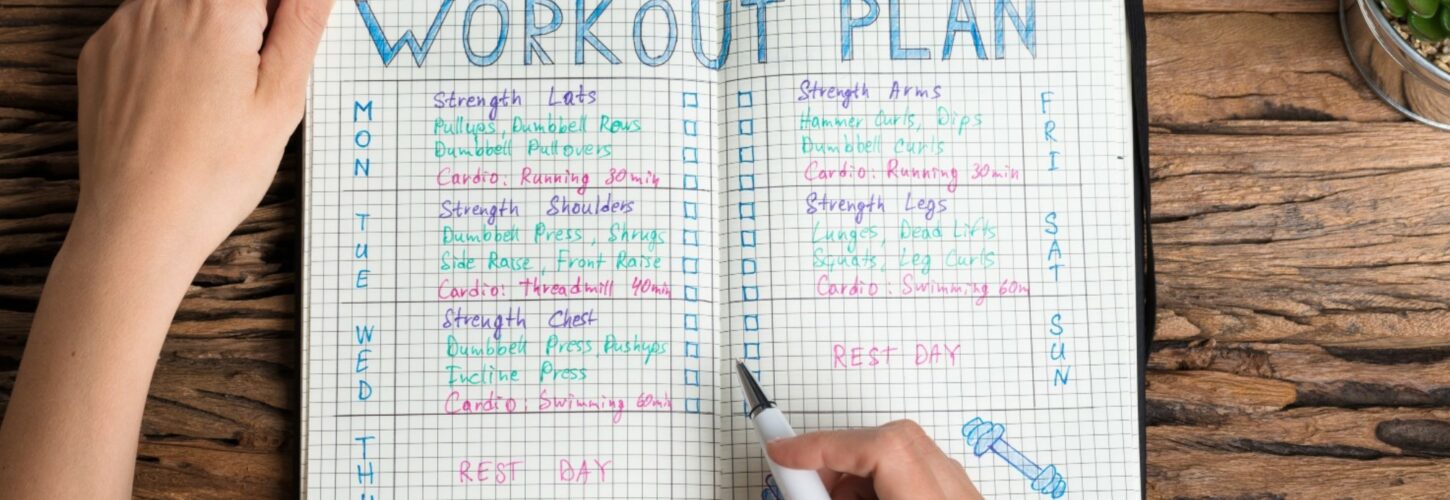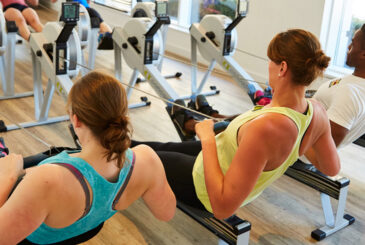No matter what your training goal is – to get a bit fitter generally, to increase the length of time you spend on the rowing machine, or that elusive 2km PB – following a training plan can be really helpful. Master Trainer David Howatson shares his thoughts on the benefits and how to go about finding the right plan for you
Benjamin Franklin was almost certainly talking about rowing when he said – “If you fail to plan, you are planning to fail.”
Okay maybe it was more of a rule of thumb for life in general, but the principle applies. A solid strategy is necessary at all points in a training journey. Whether it is competition prep, building basic skills or overcoming a plateau, every program has the same goal – success. Identifying what success looks like is step one. Step two is drawing together the available resources and using a training plan as your roadmap.
The benefits of following a plan
Structure – the need for structure is hardwired in all of us to some degree. Routine helps build good training habits and provides each day with a focus. Having structure drives us to be task oriented which sets us up well for challenges faced when rowing.
Guidance – beginners and athletes alike need a helping hand from an expert guide. How often should I train? At which stroke rate? What should I eat afterwards? When do I rest? It is quite easy to go down the wrong path during training by following a fad or misinterpreting information so having a model to stick to makes any missteps less likely.
Accountability and Motivation – access to a sound training plan gives us one less excuse not to succeed. The checkpoints and tasks within a plan can only be met if the individual commits to hitting them. That responsibility can be a strong motivator which builds a sense of accomplishment as we meet each target. Tracking your progress and checking off milestones as you improve is a great way to stay motivated. Having a digital record means that you can compare your sessions across the entire training plan.
Finding the right plan for you
Locating a suitable plan should be done after establishing your short and long terms goals. Making sure the program fits how you want to work is key – power, stamina, strength, and speed are often blended within programs so be specific with your needs. Training plans tend to be built in cycles across six to twelve weeks so be ready to commit to at least a couple of months to meet those needs.
The next task is to find the best channel for the information. British Rowing Plus has an array of plans from coaches and physiologists within the resources tab on the home page. Split into the categories of Fitter, Faster and Stronger you’ll find a program to match your goal. A personalised plan from a reputable coach or trainer who knows you, from your rowing club or indoor rowing class you attend, is another great option.
How to adapt a plan to suit you
Adapting is something we’ve all become used to over the last couple of years and our training habits have been reshaped multiple times. Swapping sessions within a plan is something that needs careful consideration. Occasionally switching Monday’s light strength session for Thursday’s killer 10,000m can be done if your availability gets squeezed by work, kids, or that new series you need to binge watch in under 48 hours.
In most cases, training plans should have a plan B built in or at the very least suggestions on how to adapt them. If not, then there are some simple changes you can make:
- Combine lighter strength and cardio sessions into one workout to save time.
- Don’t be tempted to skip or swap a recovery day. Use a scheduled ‘light or moderate’ workout as an active recovery day – have a gentle swim or a nice ramble in the countryside.
- If you need to change a session to fit your ability, try adapting the exercises rather than the structure of the workout. Peruse British Rowing’s exercise library for some ideas and alternative movements.
- Combining the most effective sessions from different training plans is good way of personalising a plan. This can help in staying motivated and avoiding a plateau. Working with a new or adapted plan after six to twelve weeks is important – don’t get left behind doing the same old sessions.
Check out the links below to find a training plan that works for you. Add to your existing exercise library, pick the brains of a great coach and plan to succeed.










